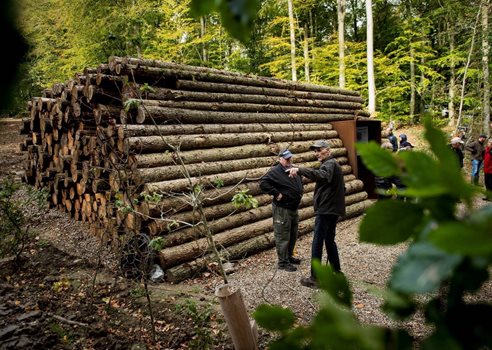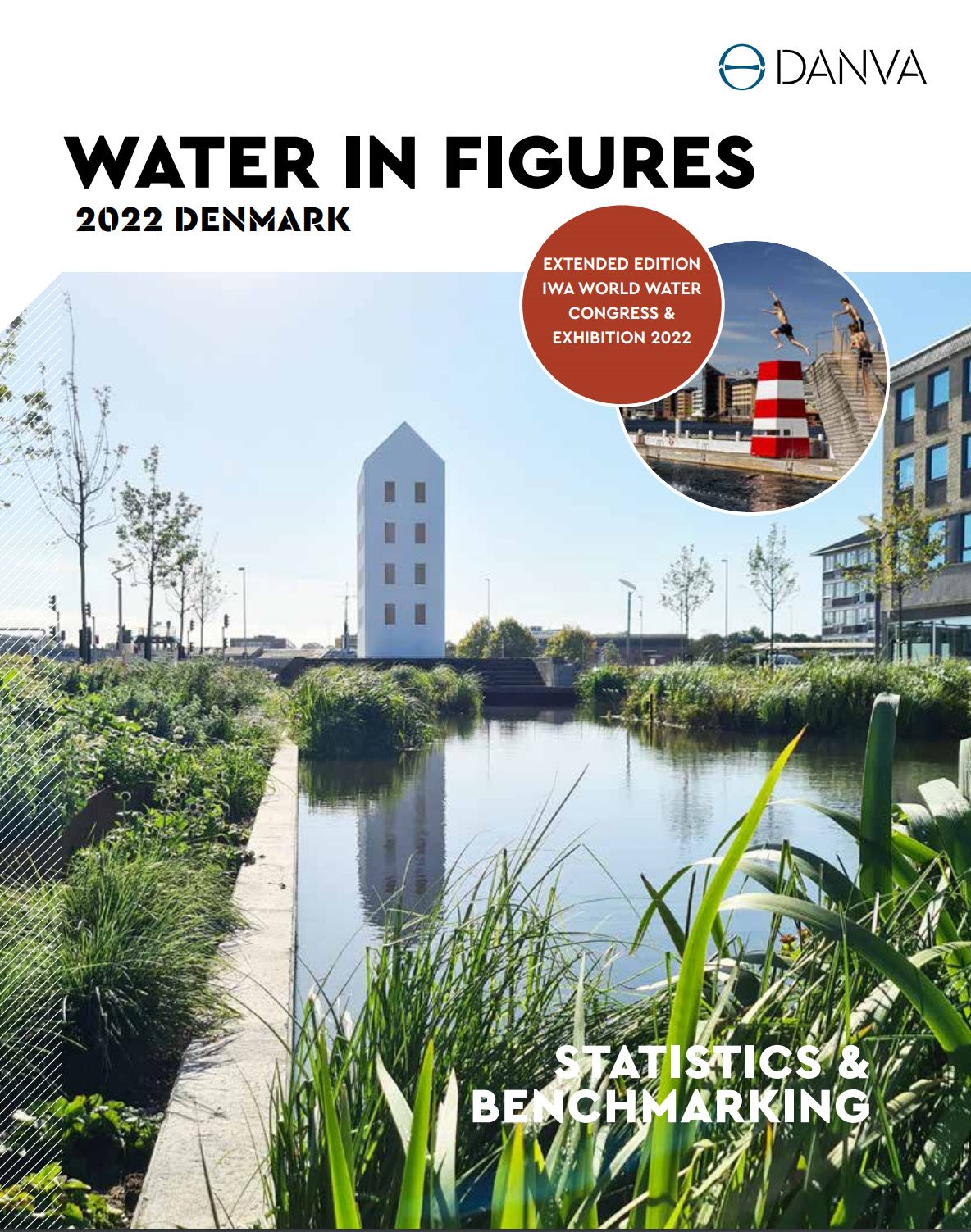
Sustainable Development Goal as Progress Indicators - BlueKolding
BlueKolding is owned by Kolding Municipality, which is systematically engaged in work on the circular economy and the UN's SDGs. This requires that we do the same. So, when we had to devise a new business strategy for the next five years, it was clear that we should use the SDGs as a framework for our work on the strategy. DANVA has talked to BlueKolding's CEO Per Holm about the work on the SDGs.
Miriam Feilberg1. How Do Uou Implement the SDGs?
We incorporate the SDGs in the implementation of our strategy and set specific targets using them as a basis. The strategy has two main pathways: One relates to our core areas as a utility company, and the other relates to our development and new areas of work and business. In pathway two we work on using both wastewater and other natural resources to produce e.g. heat, which contributes to SDG 7 – sustainable energy.
An example is the wastewater turbine which is on the outflow pipe from our central treatment plant for Lillebælt. The pipe has a fall of 35 metres, and we use it to produce electricity in a turbine located at sea level. The turbine entered service on 5 October 2019 and delivers eco-friendly electricity corresponding to the consumption of 150 households.
Many view the SDGs as very nebulous, but here is a clear example of what we can do for the SDGs. In the future, we will be more and more active in how we use the goals when prioritising initiatives and projects. This means the goals will increasingly determine both the operations and development of BlueKolding.
2. Do You Do Anything Differently after Having Worked According to the SDGs?
We use the SDGs as progress indicators of our initiatives, and we also use the goals for coming up with ideas. We have more relevant projects in our project portfolio than we can implement, and we use the SDGs as a basis for prioritising them. Our initiatives are now based even more on sustainability considerations, so we contribute to the SDGs e.g. by exploiting the resources in sewage sludge and protecting water boreholes by planting trees.
We have prioritised the SDGs and work mainly with SDGs 6, 7, 13 and 14. When we sit down to look at the terms of reference of a project, we can use the goals to screen it. If it e.g. relates to SDG 13 on CO2 reduction, we also select suppliers and cooperation partners based on their inputs in that area. The award criteria of a call for tenders may involve us having to look at the environmental profile of the tenderers and what documentary evidence they can provide pertaining to working on reducing emissions.
3. What three things, based on your experience, would you pass on to others?
- Make sure requirements apropos suppliers are incorporated in calls for tenders.
- Screen your project portfolio to identify those projects that meet the SDGs.
- Train your staff to be able to fully deal with the two areas mentioned above.




